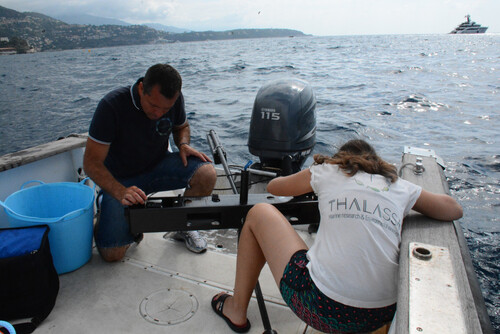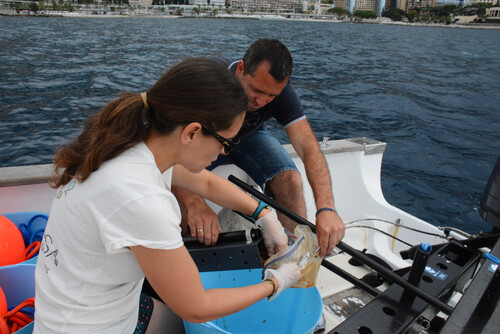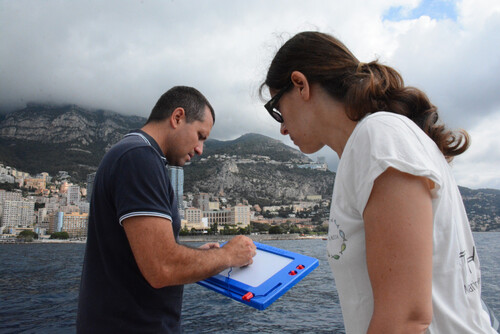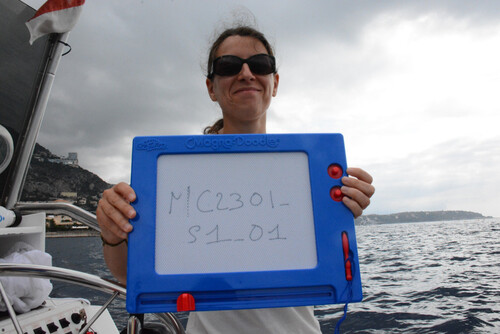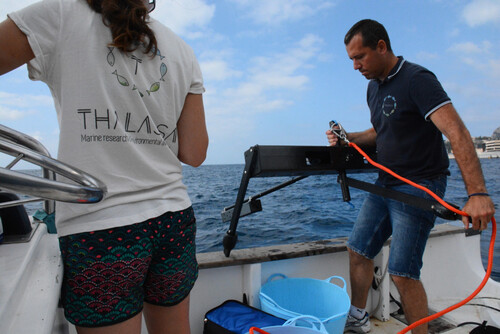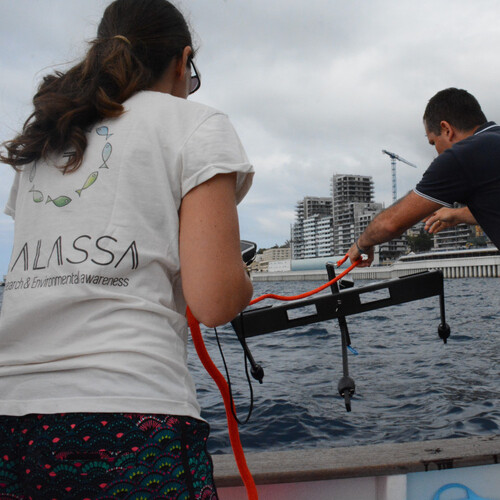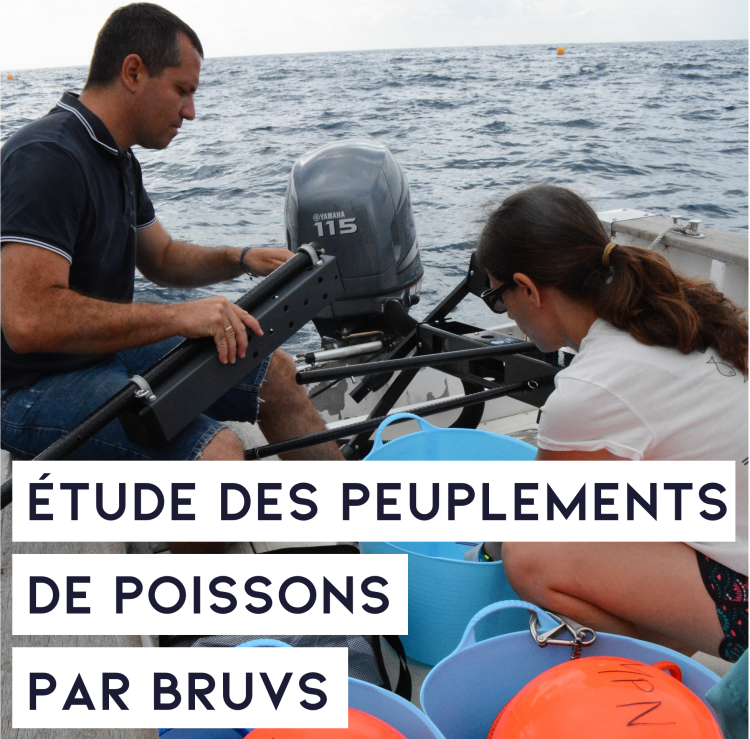
Study of fish assemblages with BRUVS
Marine Protected Areas
In collaboration with the Prince Albert II of Monaco Foundation and Community Jameel, a philanthropic organization invested in the scientific, humanitarian and technological fields, the AMPN and Thalassa Marine Research & Environmental Awareness are implementing a new research program in the Marine Protected Area of Larvotto: the use of BRUVS technology (Baited Remote Underwater Video System) developed by the Blue Abacus Company.
The BRUV system has been around since the 90s but the Blue Abacus team have redesigned it using a lightweight and robust carbon fiber material, making it easy to convert from open water use to use on the seabed. This non-lethal video system makes it possible to complete the assessment of fish populations carried out each year thanks to visual censuses by scuba diving at shallow depth on two types of habitats (rocks and Posidonia meadows) . Thus, new data can be acquired on other deeper habitats such as sandy/rocky bottoms located between 40 and 50 m deep inside and outside the limits of the Larvotto MPA. This will notably involve carrying out inventories on little-known wildlife populations such as pelagic fish (in open water) and demersal fish (on the seabed).
Each platform consists of a central structure in which 2 high-resolution waterproof cameras are placed for stereoscopy recording (necessary for assessing fish sizes). The cameras are oriented towards an arm supporting a perforated box allowing the distribution of bait (sardines) located inside. A vertical arm is fixed on the central part in order to lower and raise the platform using a rope connected on the surface to a buoy.
Four sites were selected inside the MPA and four outside the MPA, located between 30 and 50 m deep on comparable habitats (sandy/rocky bottom). The measurements are carried out on the same day on all the selected sites and repeated 3 times in order to obtain independent and statistically usable data. The first campaign took place at the beginning of July, during the hot season. A next campaign will take place in the cold season, at the beginning of 2024, in order to cover the seasonal migrations of different species.
THANK YOU again to the Prince Albert II of Monaco Foundation and Community Jameel for supporting this new research program!

